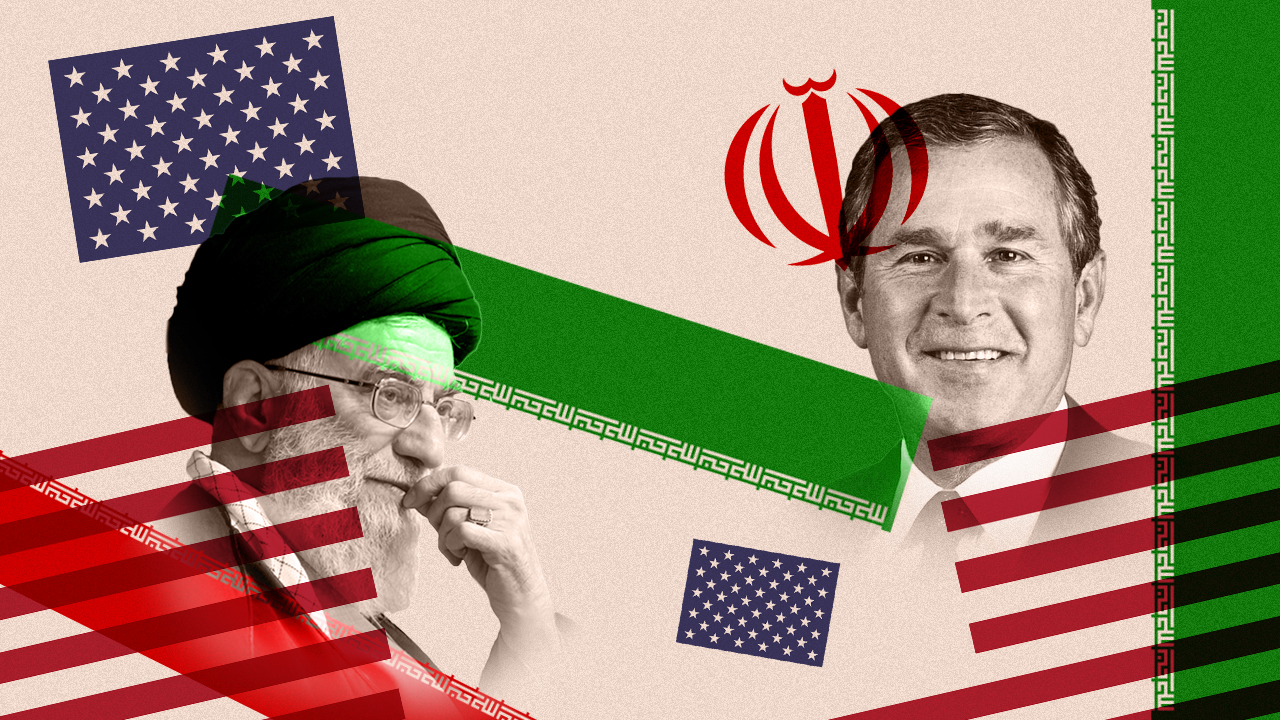
Israel’s Devastating Strike on Tehran: A Turning Point in Regional Tensions
What has happened over the past several hours in Iran is nothing short of unprecedented and shocking. I’m talking to you today as someone who has just witnessed a nation shaken to its core—Tehran, once calm, is now a battlefield of smoke, rubble, and grief.
In the early hours of Friday, June 13, 2025, the Israeli regime launched a series of coordinated strikes on key Iranian military and nuclear sites, including populated residential neighborhoods across Tehran. Among the many devastating outcomes of these attacks was the martyrdom of several of Iran’s top military leaders and nuclear scientists—men who were central to the country’s defense and scientific progress.
One of the most significant losses was General Mohammad Bagheri, Chief of Staff of the Iranian Armed Forces. Alongside him, the Commander-in-Chief of the Islamic Revolutionary Guard Corps (IRGC), Major General Hossein Salami, was also confirmed martyred following a direct strike on the IRGC’s command headquarters in Kolahedouz Square. These men weren't just high-ranking officials; they were strategic figures in Iran's military architecture.
Also Read:- Senator Dragged Out of Briefing Sparks Firestorm Over Immigration Debate
- John C. Reilly’s Mister Romantic: A Vaudeville Dream with a Heartbeat
But the tragedy didn’t stop there. The attack also claimed the lives of General Gholamali Rashid and six prominent nuclear scientists including Dr. Mohammad Mehdi Tehranchi and Dr. Fereydoon Abbasi. Some of them were educators and researchers at top institutions like Shahid Beheshti University. It’s being widely acknowledged that this was a premeditated operation targeting Iran’s intellectual and strategic defense core.
The Israeli government, led by Prime Minister Benjamin Netanyahu, has justified the attacks as "preventive strikes" aimed at dismantling Iran’s nuclear capabilities. In response, air defense sirens wailed across Tel Aviv, and Israel went into full emergency lockdown, anticipating potential retaliation. Netanyahu has declared that operations will continue “until the threat is neutralized.” Meanwhile, U.S. Secretary of State Marco Rubio has distanced the United States from the assault, claiming no involvement.
As explosions rocked districts like Tehranpars, Saadat Abad, Narmak, and Chitgar, the Iranian people were jolted out of their beds. In some cases, buildings collapsed, and civilians—including women and children—were buried under the rubble. The emotional toll is staggering, with funerals already underway in the streets, mixed with the sounds of anti-air defenses still active in various provinces.
Israel claims its actions are part of a broader campaign to eliminate nuclear threats. But what the world is witnessing feels much more like a reckless escalation—a provocation that may ignite a wider, more devastating conflict.
Iranian officials have vowed a “crushing” and “regret-inducing” response. The Armed Forces have declared full readiness, and countermeasures are reportedly already in motion. Tehran has confirmed missile launches in response, and regional observers fear this may be only the beginning of a prolonged conflict.
This is a pivotal moment, not only for Iran and Israel but for the entire Middle East. The cost—in lives, in peace, in stability—is already profound. And unless diplomacy finds a place in the conversation soon, we may be looking at a long and dangerous road ahead.
Read More:



0 Comments